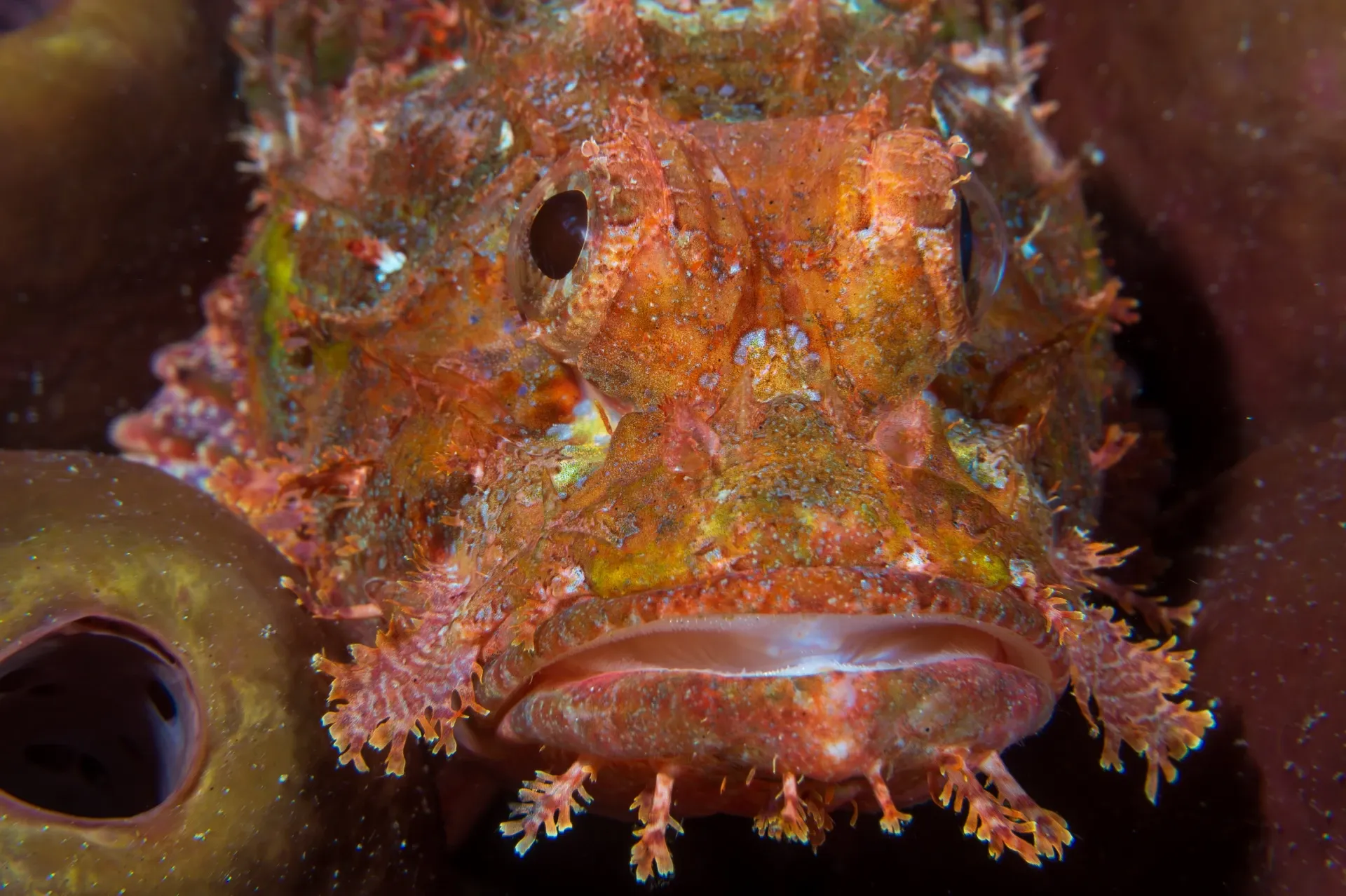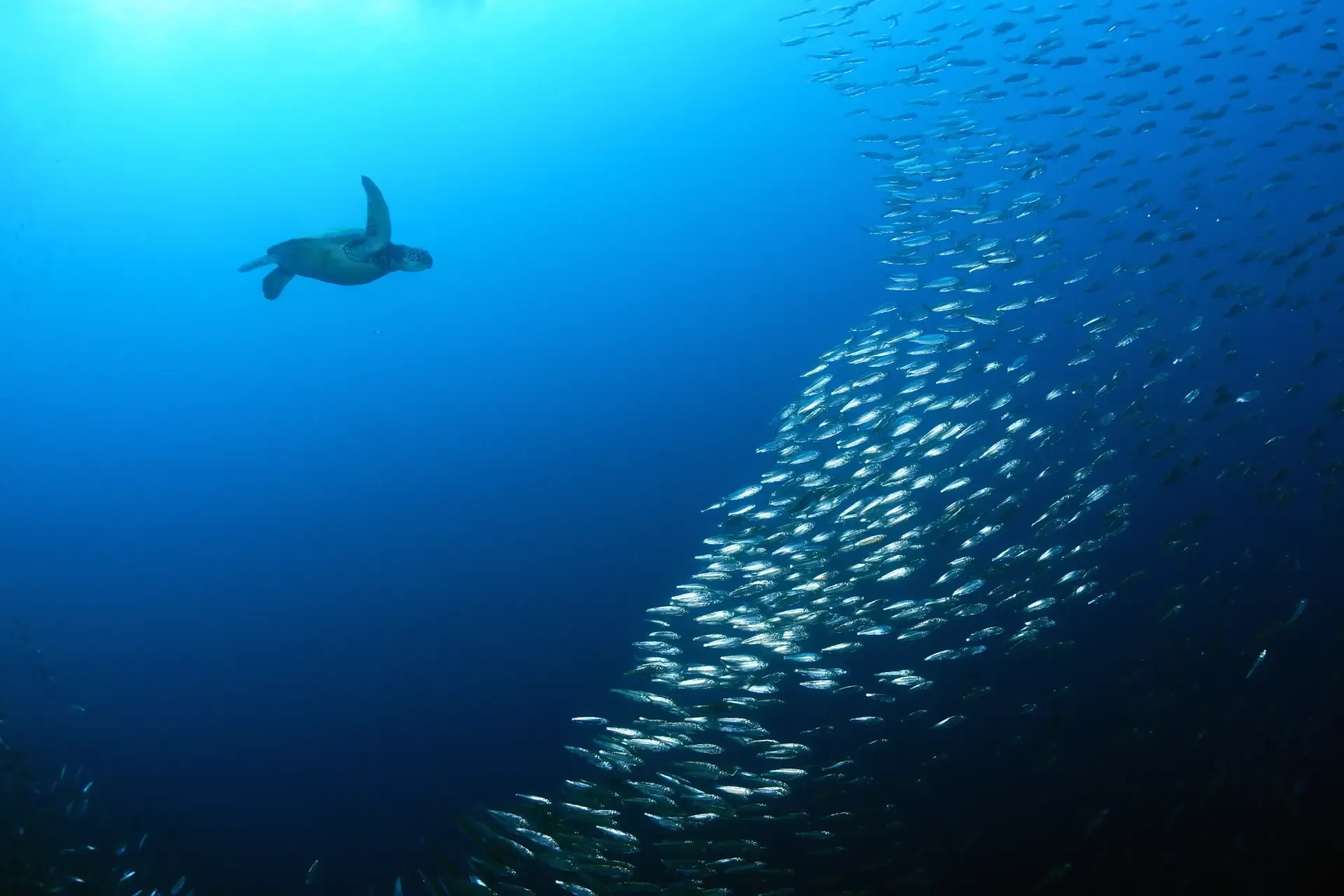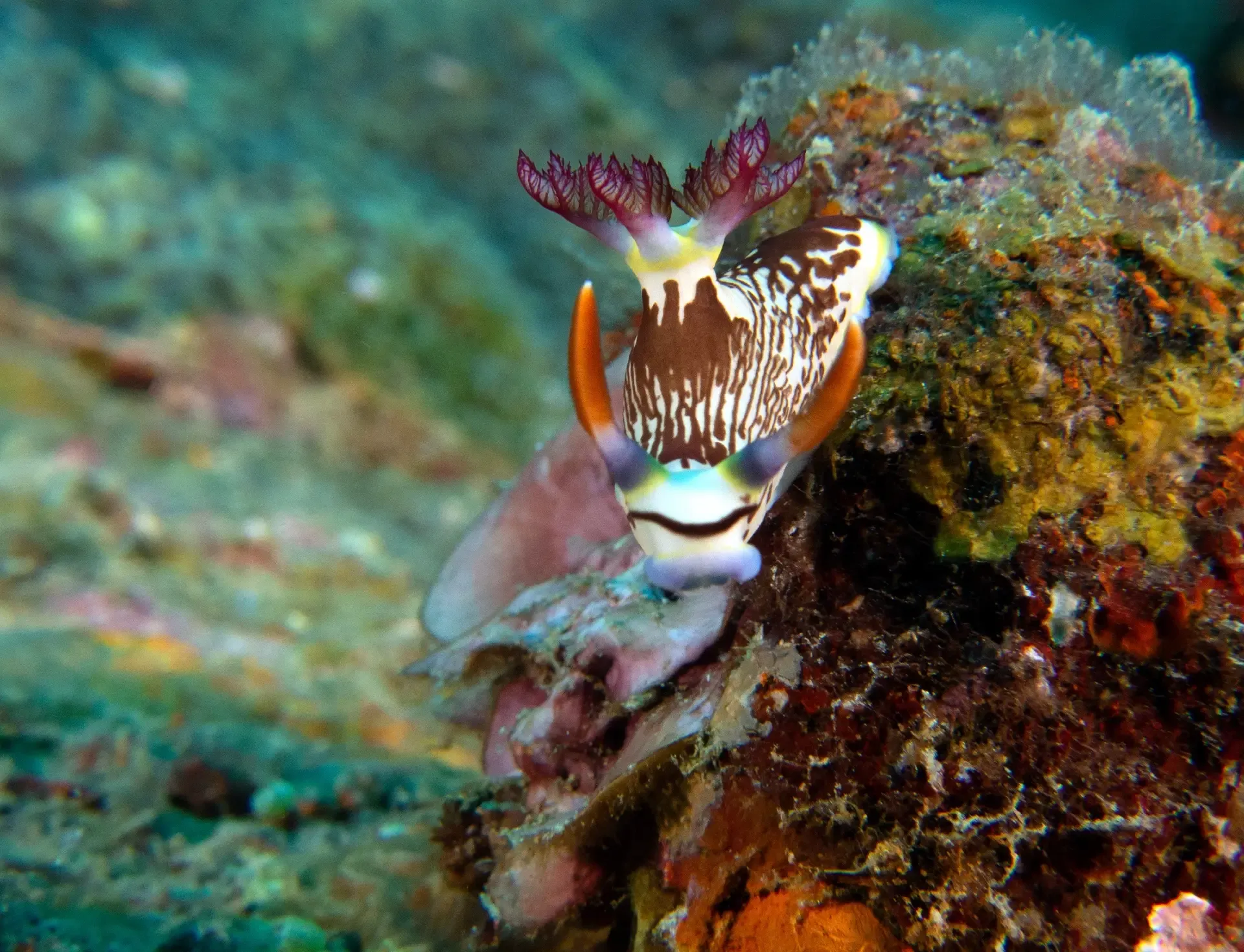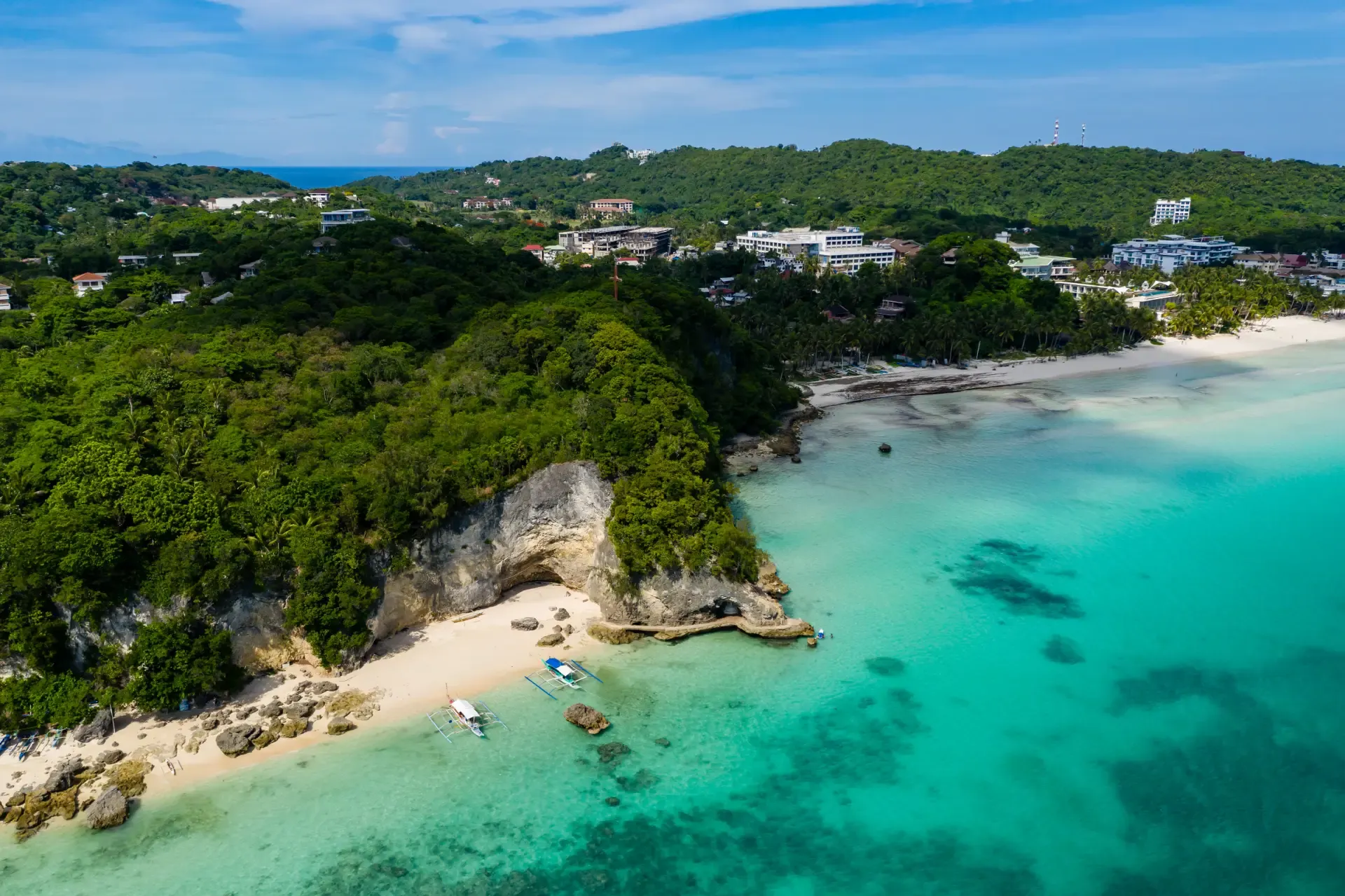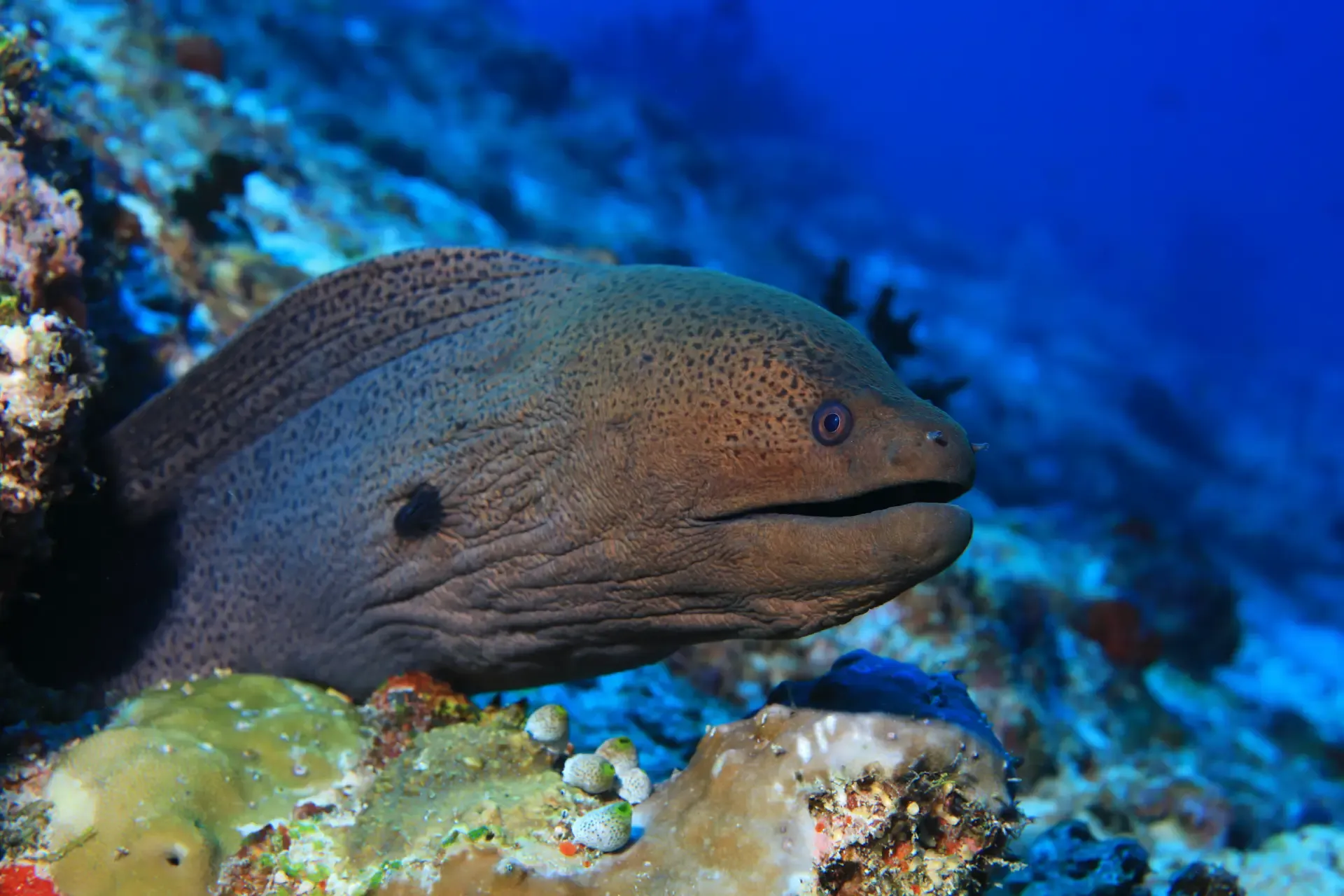Discovering Friday’s Rock: A Diver’s Delight in Boracay
Discovering Friday’s Rock: A Diver’s Delight in Boracay
Discovering Friday’s Rock: A Diver’s Delight in Boracay
Boracay is home to an incredible array of dive sites, each offering its unique underwater charm. Among these, Friday’s Rock stands out as a favorite for divers seeking vibrant marine life, accessible depths, and stunning coral formations. Named after its proximity to the famous Friday’s Beach, this site is ideal for divers of all skill levels and promises a captivating underwater experience.
Whether you’re a beginner taking your first plunge or an experienced diver eager to explore Boracay’s reefs, Friday’s Rock offers a mix of beauty, biodiversity, and ease that makes it a must-visit dive site.
What Makes Friday’s Rock Special?
Friday’s Rock is a relatively small but densely packed dive site. It features a prominent coral-covered rock formation surrounded by a sandy seabed, providing a concentrated area teeming with marine life. Its shallow to moderate depths make it accessible for novices while still offering plenty of attractions for seasoned divers.
Key Features of Friday’s Rock:
- Depth: 8 to 18 meters (26 to 59 feet)
- Visibility: 15 to 25 meters (50 to 82 feet), depending on the season
- Skill Level: Beginner to Intermediate
- Current: Mild to Moderate
This dive site’s compact size and proximity to Boracay’s shores make it an easy and rewarding excursion.
Marine Life at Friday’s Rock
Friday’s Rock is a hotspot for marine biodiversity, showcasing a vibrant mix of reef fish, invertebrates, and occasional larger visitors. Divers exploring this site are treated to a kaleidoscope of colors and fascinating behaviors.
Here’s a glimpse of the marine life you might encounter:
-
Balloonfish:
These spiny puffers are a favorite among divers, often seen resting near the rock’s crevices. Their round bodies and expressive eyes make them highly photogenic. -
Scorpion Fish:
Masters of camouflage, scorpion fish blend seamlessly with the rock and coral. Keep a keen eye out for their distinctive shape and mottled coloring. -
Ornate Butterflyfish:
These elegant fish, with their intricate patterns, add a splash of color to the reef and are often spotted swimming in pairs. -
Redstripe Anthias:
Schools of anthias dart around the rock, their bright red and orange hues creating a mesmerizing display. -
Yellowback Fusilier:
Often found in midwater, these streamlined fish move in large schools, adding a dynamic element to the dive. -
Lined Dartfish:
These slender, quick-moving fish are a delight for macro photographers, often seen hovering near the sandy bottom.
The rock is also home to various nudibranchs, shrimp, and other small critters, making it a haven for macro enthusiasts.
The Underwater Terrain
Friday’s Rock features a central coral-covered outcrop surrounded by a sandy bottom. The rock itself is adorned with hard and soft corals, sponges, and sea fans, creating a vibrant ecosystem. The site’s layout makes it easy to navigate, with plenty of nooks and crannies to explore.
The sandy seabed around the rock is also worth investigating, as it often hides camouflaged species like flounders, gobies, and stingrays.
Why Friday’s Rock is Perfect for Beginners
For novice divers, Friday’s Rock is an excellent introduction to Boracay’s underwater world.
- Shallow Depths: The site’s manageable depth range allows beginners to explore comfortably without the need for advanced certifications.
- Calm Conditions: With mild currents and good visibility, the site provides a stress-free environment for new divers.
- Close to Shore: Its proximity to Boracay’s beaches makes it easily accessible, reducing travel time and maximizing dive time.
Dive instructors often bring students here for training dives, as the site’s layout and marine life make for an enjoyable and educational experience.
A Treasure for Experienced Divers and Photographers
While Friday’s Rock is beginner-friendly, its vibrant biodiversity and macro opportunities make it equally appealing to experienced divers and underwater photographers.
- Macro Opportunities: The site’s small critters, including nudibranchs and dartfish, offer endless possibilities for macro photography.
- Behavioral Encounters: Observing the interactions between species, from cleaning stations to hunting behaviors, adds depth to the dive experience.
- Night Diving: Friday’s Rock transforms after dark, revealing nocturnal creatures like crabs, lobsters, and hunting scorpion fish.
Tips for Diving Friday’s Rock
- Bring a Dive Light: A good light will help illuminate the vibrant colors of the coral and marine life, especially if you’re diving on an overcast day or exploring crevices.
- Check the Current: While usually mild, occasional surges can occur, so listen to your dive guide’s briefing and plan accordingly.
- Stay Buoyant: The proximity of marine life to the rock means good buoyancy control is essential to avoid damaging corals or disturbing creatures.
- Explore the Sand: Don’t overlook the sandy areas around the rock—many hidden treasures await in these seemingly barren stretches.
When to Dive Friday’s Rock
Friday’s Rock is accessible year-round, but the best conditions are during Boracay’s Amihan season (November to May) when the waters are calm and visibility is at its peak. During this time, the site is teeming with life, and the clear water enhances your view of the vibrant reef.
Why Friday’s Rock Should Be on Your Dive List
Friday’s Rock offers the perfect balance of accessibility, marine biodiversity, and underwater beauty. Its compact size allows for a thorough exploration within a single dive, yet its richness in life keeps divers returning for more. Whether you’re marveling at the colorful anthias darting around the reef or scanning the sandy bottom for hidden gems, this dive site never fails to delight.
Final Thoughts
Friday’s Rock is a testament to the beauty and diversity of Boracay’s underwater world. Its combination of vibrant marine life, beginner-friendly conditions, and exciting photo opportunities make it a must-visit for divers of all levels.
If you’re planning a dive trip to Boracay, be sure to include Friday’s Rock on your itinerary. It’s a site that promises unforgettable encounters and a deeper appreciation for the wonders of the ocean.

Wish to know more about the diving in Boracay? Our team will be delighted to answer your questions and let us know why we should be your first choice when planning your dive vacation to the Philippines. We hope to hear from you soon!

